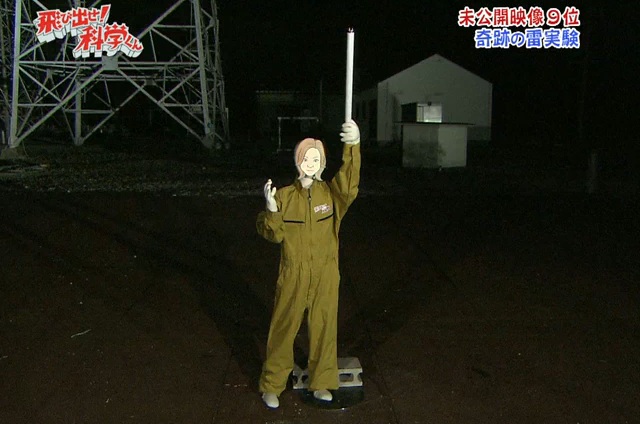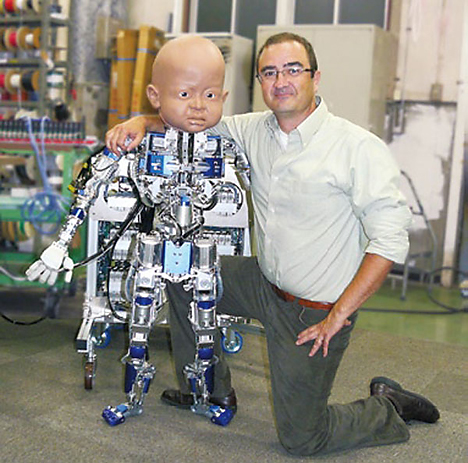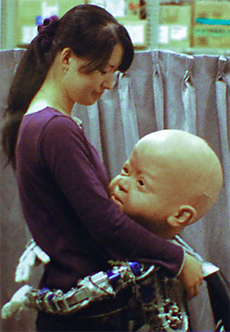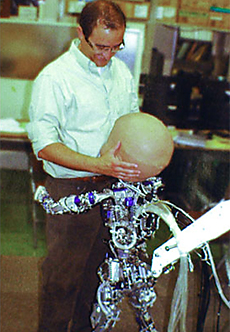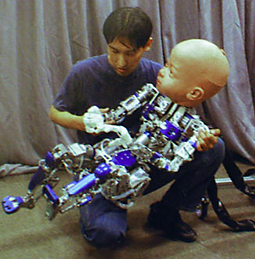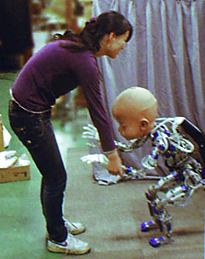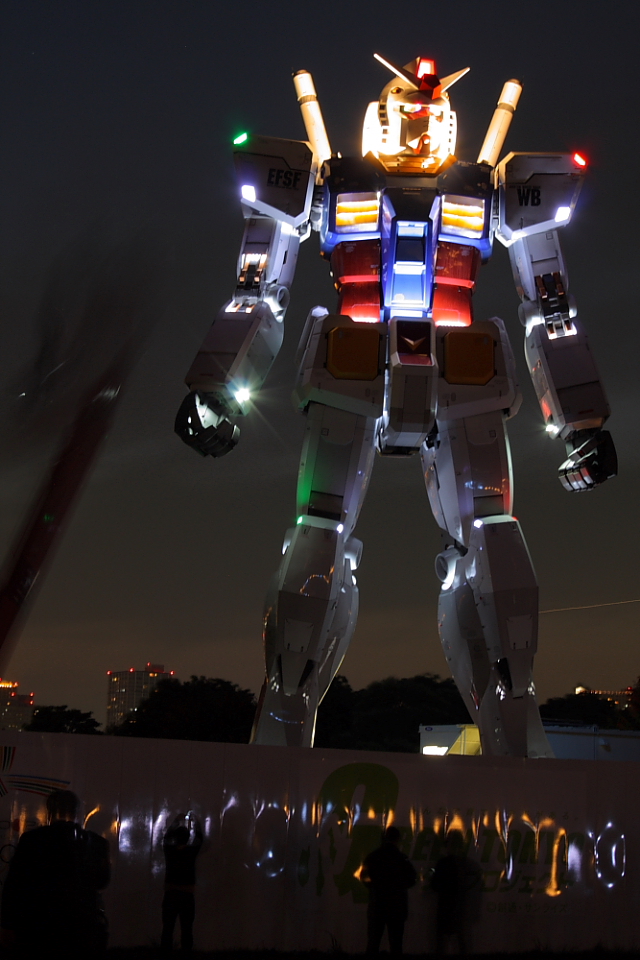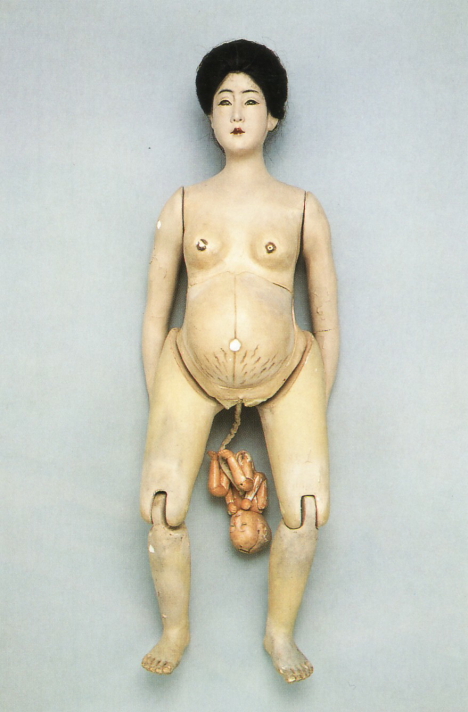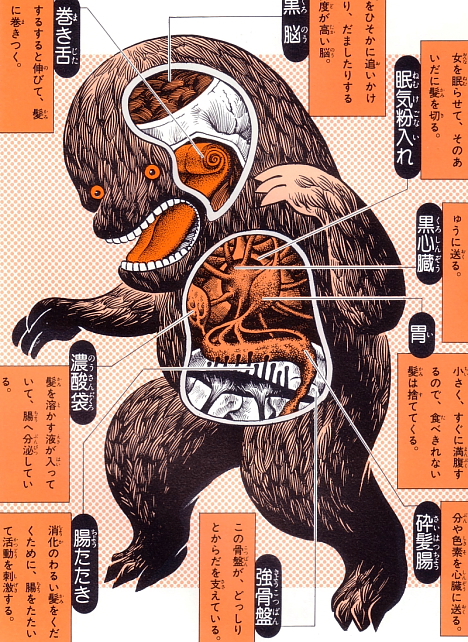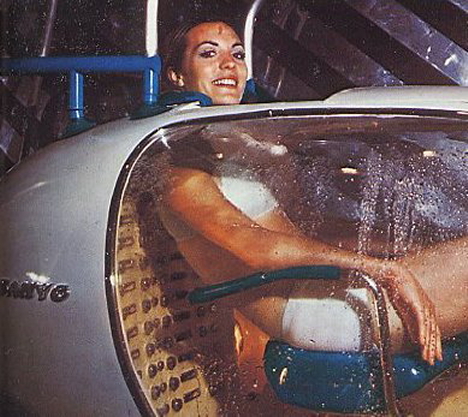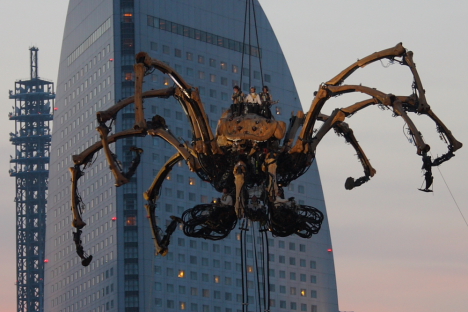Call it the rumor that wouldn't die. For decades, people in Japan have alleged that Sony installs a secret timer in its products that causes them to fail after a specific period of time.
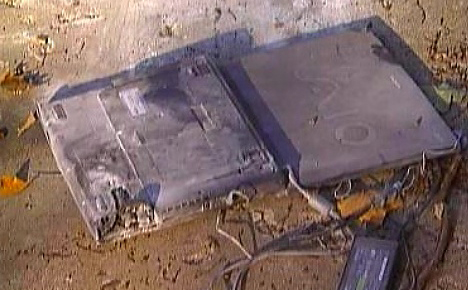
Speculation about the existence of this so-called "Sony timer" emerged in the 1980s and 1990s as consumers grew increasingly suspicious of Sony devices that stopped working just after the warranty expired. According to the theory, Sony's time-activated kill switches are designed to boost sales by driving consumers to purchase replacement parts, repairs, or new models (often the cheapest option) after a scheduled period.
Today, decades after the rumors began, people still talk about the Sony timer. In 2006, after a string of laptop explosions prompted a global recall of rechargeable lithium-ion batteries manufactured by Sony Energy Devices Corporation, Japanese Internet forums were flooded with sarcastic comments raving about how effective the latest generation of Sony timers had become.
Clearly, much of the speculation about hidden Sony timers is tongue-in-cheek, but some people appear to take the claims seriously, pointing to the suspiciously precise timing of product failures as evidence of foul play. Regardless of whether or not Sony timers actually exist, the company has been dogged by the perception that its products break down just outside warranty.
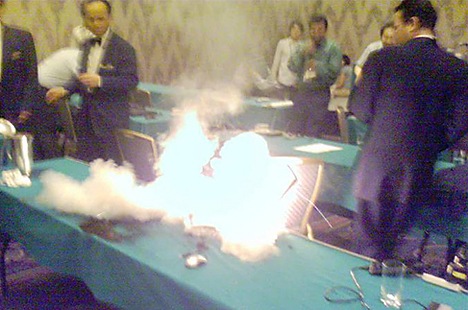
Although "Sony timer" has long been a household phrase in Japan, company officials have only rarely acknowledged the rumors in public. In June 2006, an executive who oversaw the establishment of the VAIO customer service center attracted attention when he mentioned the Sony timer in a speech at G-Force Japan, a large annual conference for the Japanese call center industry. "It's absurd to think that Sony would install timers that cause products to fail just 13 months after purchase," he told the audience. "But for some reason, people continue to have this perception. Our marketing, customer service and product development departments are making a deliberate and concerted effort to improve Sony's image," he said.
At a shareholders' meeting in June 2007, in a speech outlining new measures to ensure product quality and improve the Sony brand image, former company president (current vice-chairman) Ryoji Chubachi admitted he knew the phrase "Sony timer."

Despite the decades of rumors and speculation, nobody has ever proven the existence of the Sony timer. Skeptics argue that if such timers actually existed, a rival company would likely have found one and made it public. With this in mind, the Sony timer is widely considered an urban legend.
[Note: This is the second installment in a series of weekly posts about urban legends from Japan. Check back next week for another report.]


